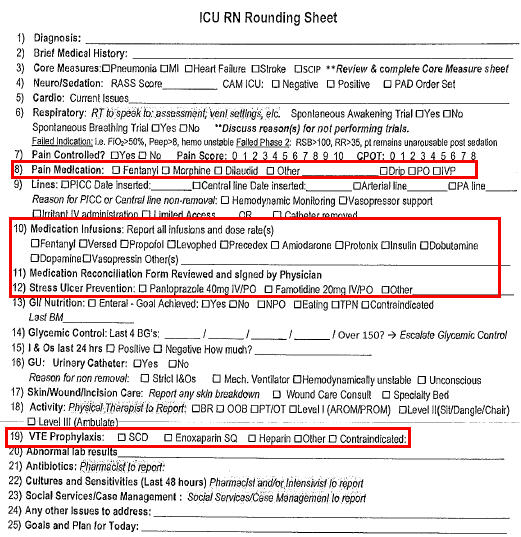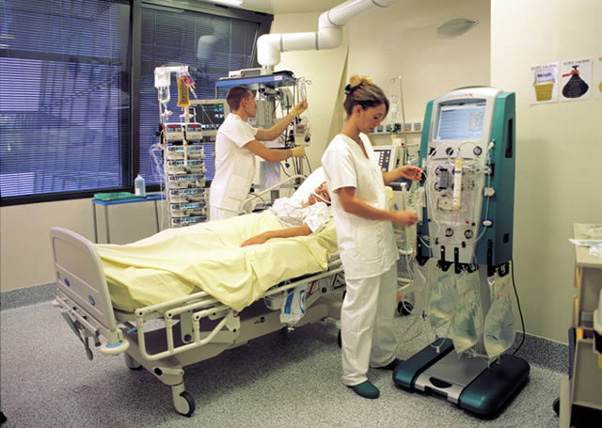
Get to the hospital right away to be evaluated and receive treatment because ALL strokes benefit from immediate medical treatment.Ī doctor will diagnose a stroke based on symptoms, medical history, a physical exam, and medical tests such as a CT scan. Talk with your doctor about ways to reduce your risk. If you’ve had a stroke or heart attack in the past, you’re at a higher risk for another stroke. If you take these medications, a doctor can help to ensure your dosage is correct. Too much blood thinning medication, such as aspirin or anticoagulants, can lead to bleeding. Talk with your health care provider if you haven’t been exercising and you want to start an exercise program or increase your physical activity. Do things you like for example, take a brisk walk, ride a bicycle, or go swimming. Try to make physical activity a part of your everyday life. Include a variety of fruits and vegetables every day. Eat foods that are low in cholesterol and saturated fats. Follow a doctor’s suggestions for keeping diabetes under control. Untreated diabetes can damage blood vessels and lead to narrowed arteries and stroke. If you have high cholesterol, work with a doctor to lower it. In time, this can block blood flow and lead to a stroke. High blood cholesterol levels can lead to plaque buildup in your arteries. Treating high blood pressure lowers the risk of both stroke and heart disease.
#So you need to sign forms to go into icu how to#
If it is high, follow a doctor’s advice on how to lower it.

But there are steps you can take to help lower your risk, including: Some risk factors for stroke, such as age, race and ethnicity, and family history, can’t be controlled. Don’t delay if you or someone you know experiences any symptoms. The earlier someone with a stroke arrives at the hospital, the more likely they are to receive effective treatment. If a TIA is not treated quickly, it could be followed by a major stroke within hours or days. You must call 911 and get medical help right away. This is called a transient ischemic attack (TIA), a mini-stroke, or a warning stroke. Sometimes the symptoms of a stroke last for a short time (minutes to hours) and then go away. The bleeding also increases pressure inside the skull that can compress brain tissue and cause damage. This break reduces delivery of oxygen and nutrients to brain cells and exposes the brain tissue to toxic substances that may cause the cells to die. It’s marked by a burst blood vessel that causes blood to leak into or around the brain.


As a result, someone who has had a stroke may have trouble speaking, thinking, or walking. While there is growing evidence that, in some cases, new brain cells help to replace those lost, this takes time and occurs much more slowly in older adults. However, once brain cells die, they can’t be repaired. If brain cells are without oxygen for only a short time, they can sometimes repair themselves. If blood can’t flow to a part of the brain, cells that do not receive enough oxygen suffer and eventually die. Blood brings oxygen and nutrients to brain cells. Call 911 for an ambulance so that medical personnel can begin lifesaving treatment on the way to the emergency room.Ī stroke happens when there’s a change in how blood flows through the brain. Responding quickly when you notice any of these symptoms is key.ĭo not drive yourself to the hospital and don’t ask someone else to drive you. Other danger signs that may occur include double vision, drowsiness, and nausea or vomiting. Sudden severe headache with no known cause.Sudden dizziness, loss of balance or coordination, or trouble walking.Sudden problems seeing in one eye or both eyes.Sudden confusion, trouble speaking, or understanding speech.Sudden numbness or weakness in the face, arm, or leg - especially on one side of the body.Call 911 right away if you or someone you know has any of these symptoms:

If you delay getting help, the risk of permanent damage or death increases greatly.Įven if the symptoms don’t last long, they may still be a sign of stroke. Knowing the symptoms of a stroke and acting quickly could mean the difference between life and disability or death.


 0 kommentar(er)
0 kommentar(er)
